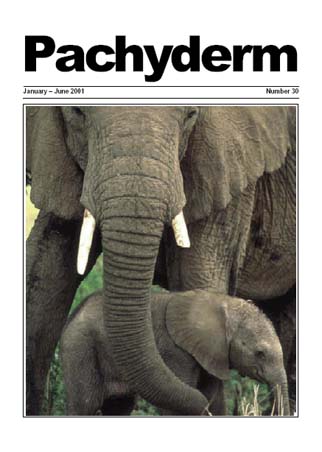Status and trends of the ivory trade in Africa, 1989-1999
Abstract
"Based on the authors' 2000 report ""The ivory markets of Africa"", this article reviews data collected during surveys and interviews undertaken in 22 cities in 15 African countries 1997-1999. Over 100,000 elephant ivory items for retail sale were observed with the largest number noted in Abidjan (20,114), Harare (19,958) and Cairo (11,627). Except for Egypt, Gabon and Sudan domestic trade is legal. However, most buyers are foreign tourists (mostly French, Spanish and Italian), Chinese and Korean workers and businessmen, French military, United Nations officials and national diplomats. Except for Zimbabwe, the export of ivory commodities is illegal. There is a significant movement of illicit tusks within Africa., particularly from central to west to satisfy local carving industries. Countries with the cheapest tusks include Democratic Republic of the Congo, Central African Republic, Cameroon and Mozambique where relatively large elephant populations and little law enforcement exist. Illegal trade of tusks off the continent exists, mostly to countries in eastern Asia. Since 1988 the price for most retail ivory items has decreased due to decline in demand and devaluation of local currencies. The price of tusks has also sharply declined. The only surveyed city with increased retail sales since 1990 was Lagos, but it seems Abidjan has retails have expansed since the mid-1990's."
Downloads
Published
How to Cite
Issue
Section
License
Copyright (c) 2001 Daniel Stiles, Esmond Bradley Martin

This work is licensed under a Creative Commons Attribution-NonCommercial 4.0 International License.




